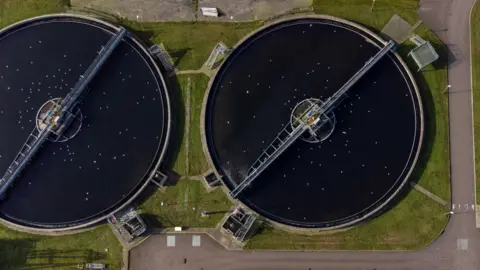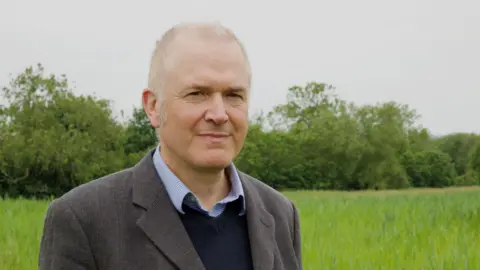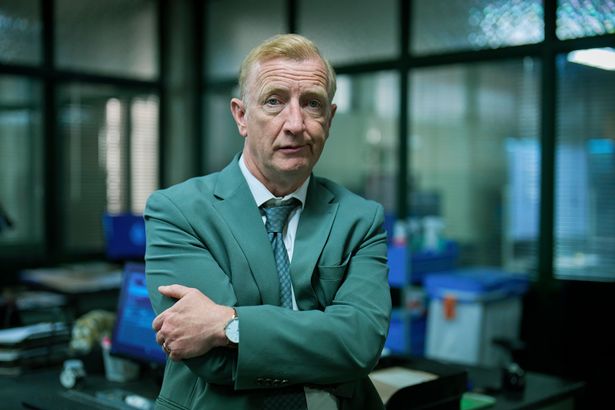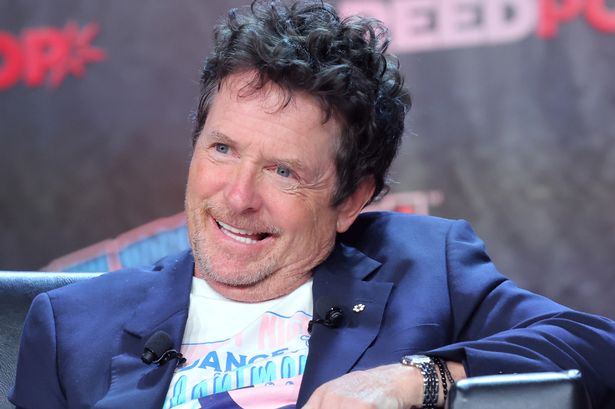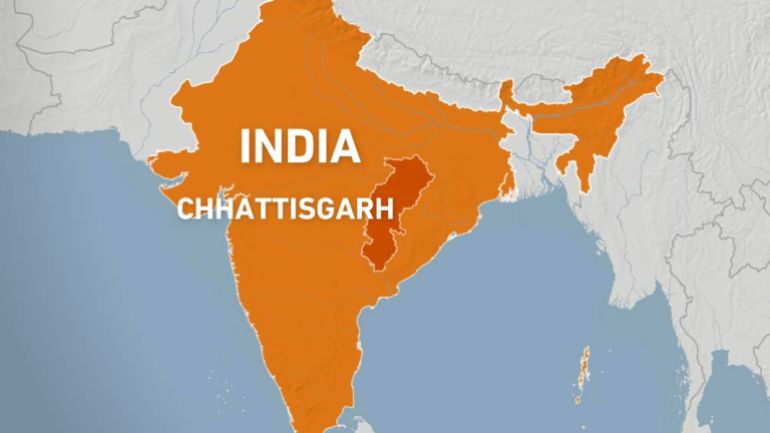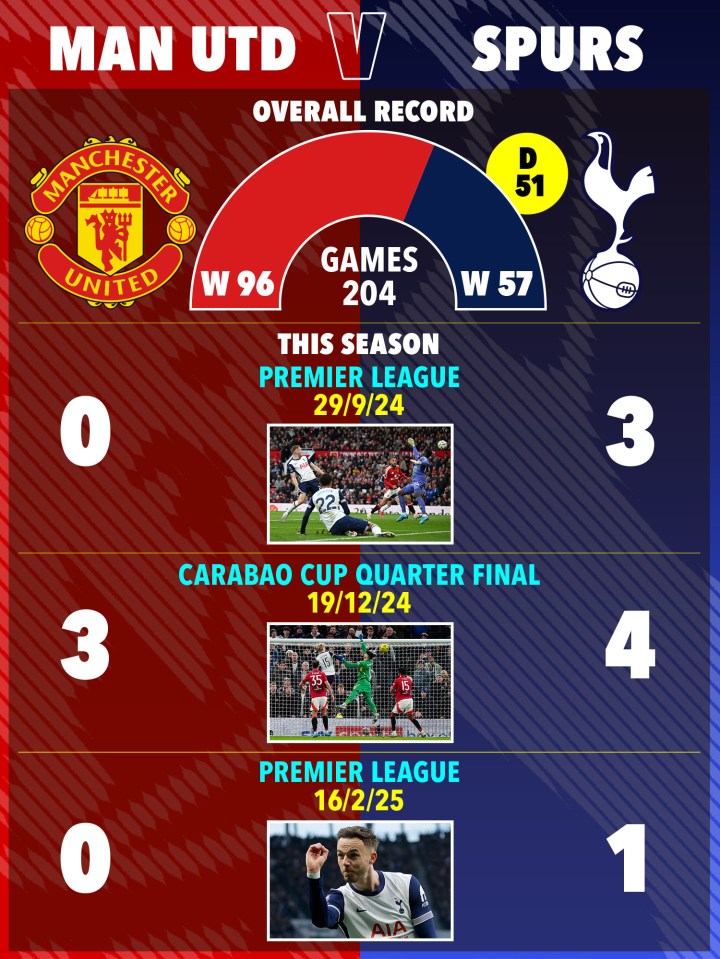Welsh star Gwyneth Keyworth stars opposite Timothy Spall in Death Valley as copper Janie Mallowan. But the actress says she’d make a terrible real-life detective due to her ADHD.
Being neurodivergent has its complications – actress Gwyneth Keyworth recently admitted that her condition is sometimes difficult to handle.
Gwyneth Keyworth, whose credits include Game Of Thrones, Hidden and the West End production of To Kill A Mockingbird stars opposite Timothy Spall in BBC One‘s new drama, Death Valley, which blends nail-biting suspense, crime and comedy.
Timothy Spall needs no introduction. From embodying Peter Pettigrew in Harry Potter to portraying acclaimed artist JM Turner in Mr Turner, the BAFTA-winning actor is a true screen chameleon. But in the BBC ’s new six-part series Death Valley, Timothy is swapping drama for comedy.
Gwyneth, 34, admits she was surprised Timothy was able to tap into the show’s comedic tone. “I hadn’t seen him do much comedy, but he’s really funny,” she says. “It was a delight and an honour to work with him.”
In Death Valley, Gwyneth plays detective Janie Mallowan, and when Janie’s investigation into the apparent suicide of a businessman leads her to John’s door, the case – and her career – take an odd turn.
Off-screen, however, Gwyneth, 30, confesses she couldn’t be more different to Janie. “I’m definitely not built for detective work,” says Gwyneth. “I have ADHD, I can’t keep track of anything!”
READ MORE: ‘Gorgeous’ £9 body spray perfume ‘just as good if not better than Sol de Janeiro’
Timothy, on the other hand, plays John Chapel, a retired actor who starred in fictional detective TV show Caesar, and who now lives in semi-reclusive anonymity – talking mostly to a stray cat and nursing a slightly inflated ego.
“He’s itching to use his psychological skills as an actor, but he’s conceited about it,” Timothy, 68, says. “ It’s nice to poke fun at certain aspects of actors, like their overinflated views of themselves. John really thinks he’s a serious intellect.”
But there’s more to John’s eccentricities than meets the eye. “He’s frustrated but he’s pretending he isn’t,” Timothy says. “We eventually find out why he really retired and why he feels this way.”
To bring John to life, Timothy borrowed from a host of real-life actors – though he’s tight-lipped about who inspired the quirks. “It’s quite a long list of excellent actors who have played various characters,” he says. Over six episodes, the pair delve into several mysteries, each one drawing them closer as allies.
“They’re both eccentric characters and incredibly clever,” says Timothy. “They do a great job as detectives. There’s a huge generational gap between them – but not emotionally. They have a sibling quality. They’re both really childish.”
For Gwyneth, Janie and John are more alike than viewers may think. “They’re both slightly peculiar people who are grieving something,” she explains.
“They find it hard to see each other’s faults because they know they have the same. They’re a little pedantic and tunnel-minded but their friendship is what brings them out of loneliness. They’ve been looking for someone to reach out to.”
That emotional connection plays a key role in grounding the show’s otherwise whimsical tone. “He doesn’t patronise Janie,” Timothy adds. “It’s almost like a meeting of the souls. There’s a lot of hidden affection in their relationship.”
However, much like John, Janie is keeping her own secrets. Producer Madeline Addy hints there are deeper layers to Janie. “There’s one big whodunnit throughout the show that involves Janie. It seeds itself in the six episodes. So there’s quite a lot going on,” says Madeline.
Timothy, meanwhile, enjoyed the pace of shooting the show. “It felt like filming a new movie every week,” he says. For all the on-screen tension and mystery, filming for Death Valley in Wales was anything but bleak, giving Gwyneth the opportunity to return to her roots. “It’s nice to be home, even if it rains,” she says.
Still, even that couldn’t be guaranteed. Series creator Paul Doolan – best known for Bloods – learned the hard way not to rely on the Welsh weather. He explains, “We needed torrential rain for one big scene and it was like Barbados!”
Despite the curveball, Paul was determined to inject some comedy into the murder-mystery formula. “A lot of modern murder shows are relentlessly grim. We just wanted a bit of comedy,” he says.
That insight partly came from his time on Bloods, where he worked with real paramedics. “They’ve seen the worst of everything, and yet they’re always joking,” he says. “It’s how people cope, it comes into every career.”
To capture the uniquely Welsh sense of humour, Paul enlisted comedian and writer Sian Harries. “That freed things up. It heightened everything,” he says. Gwyneth agrees, “Sian’s additions really made it feel Welsh and true to life.”
On set, Timothy kept spirits high, sometimes spoiling Gwyneth’s composure. “There was one scene where he skipped down the stairs and I just lost it,” she says.
Their rapport wasn’t built from scratch as Gwyneth had previously worked with Timothy’s actor son Rafe in To Kill A Mockingbird. But they’re not the only familiar faces in Death Valley.
Gavin & Stacey stars Melanie Walters and Steffan Rhodri, The Pact’s Alexandria Riley and Car Share actress Sian Gibson ensure the show’s supporting characters are just as colourful – and funny.
With a smart script, stunning scenery and a funny and fresh take on detective drama, Death Valley sits between Broadchurch and Only Murders In The Building – but with a distinctive Welsh flavour.
Like this story? For more of the latest showbiz news and gossip, follow Mirror Celebs on TikTok, Snapchat, Instagram, Twitter, Facebook, YouTube and Threads.







